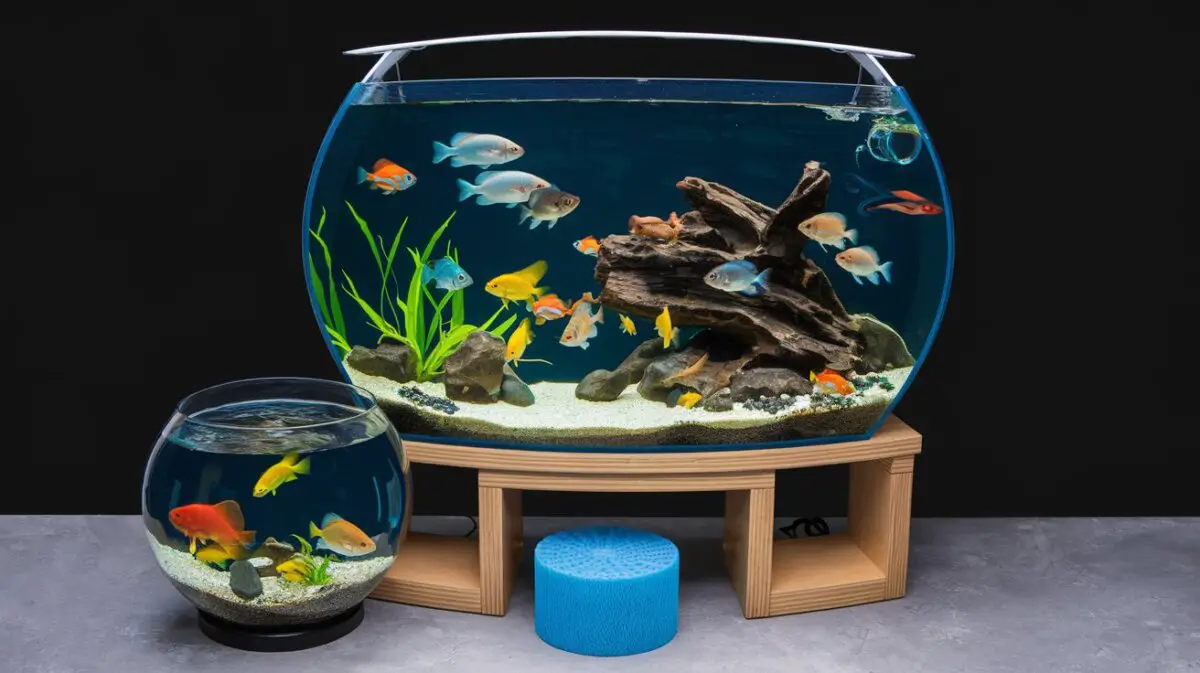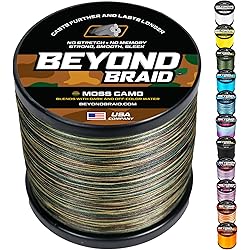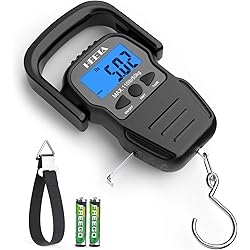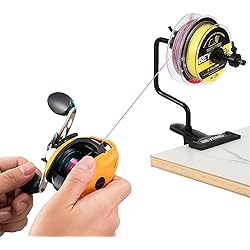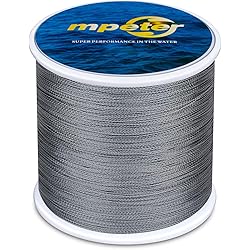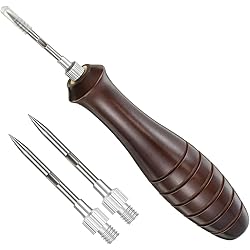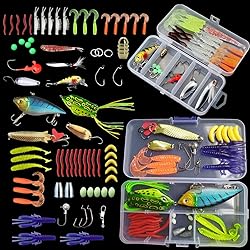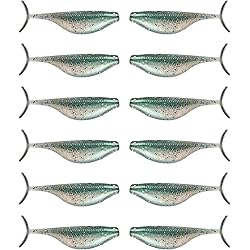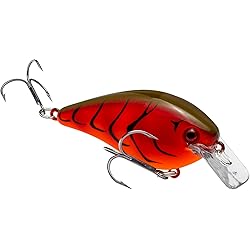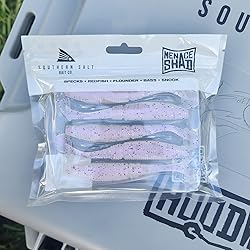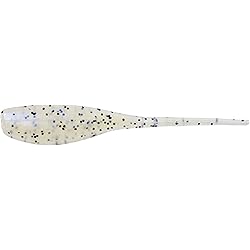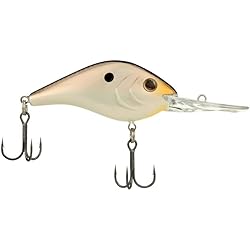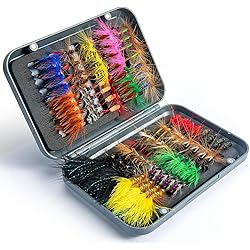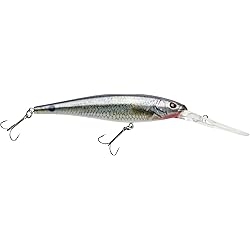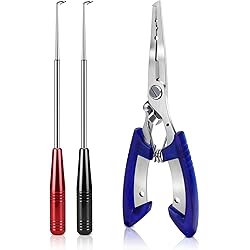Top 10 Tips for Setting Up a Stunning Home Aquarium. A well-maintained aquarium can be a stunning focal point in any home. The Top 10 Tips for Setting Up a Stunning Home Aquarium offer insights into creating an environment that offers a sense of tranquility and natural beauty. Watching fish glide through crystal-clear water, surrounded by vibrant aquatic plants and carefully arranged decorations, can be both mesmerizing and soothing.
However, creating and maintaining a thriving home aquarium requires more than just filling a tank with water and adding fish. Careful planning, consistent maintenance, and a solid understanding of aquatic life are essential to keeping your aquarium healthy and visually appealing.
From choosing the right tank size and selecting compatible fish species to maintaining proper water parameters and ensuring adequate filtration, every aspect plays a crucial role in the long-term success of your aquarium.
Whether you’re a beginner or an experienced aquarist, these ten essential tips will guide you in setting up and maintaining a breathtaking aquarium that enhances your living space and provides a thriving environment for your aquatic pets.
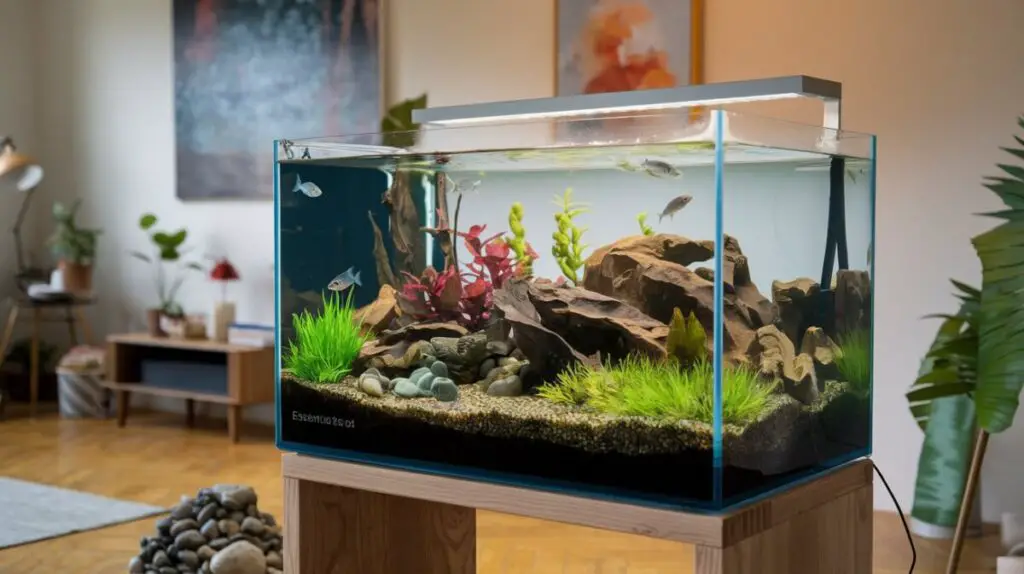
1. Choose the Right Tank Size
The size of your aquarium plays a crucial role in determining its maintenance requirements and the types of fish you can house. A larger tank generally makes it easier to maintain stable water conditions, as fluctuations in temperature, pH, and toxin levels occur more gradually compared to smaller tanks.
For beginners, a minimum of 20 gallons is recommended because it provides a more forgiving environment, reducing the risk of sudden changes that can stress or harm fish. Smaller tanks, such as those under 10 gallons, require more frequent monitoring and are less forgiving of mistakes, making them more challenging for beginners.
Additionally, larger tanks allow for a greater variety of fish species, including those that need more swimming space or specific water parameters. They also help dilute waste more effectively, reducing the need for constant water changes. Ultimately, a well-sized tank makes fishkeeping more enjoyable and increases the chances of success.
In this guide, we will explore the Top 10 Tips for Setting Up a Stunning Home Aquarium, ensuring you have the best practices for success.
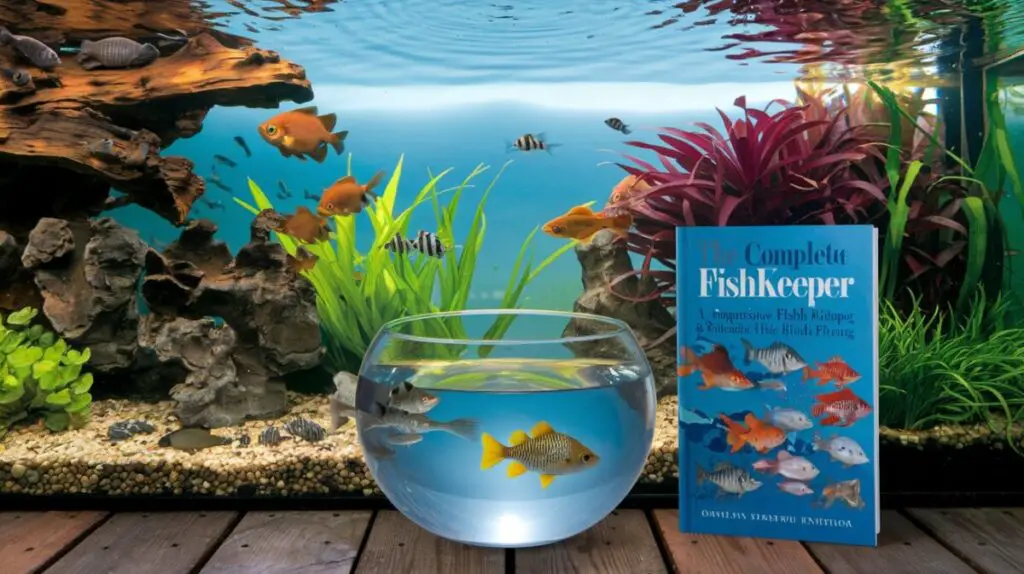
2. Select the Ideal Location
When setting up an aquarium, choosing the right location is crucial for maintaining a healthy environment for your fish. Avoid placing the tank in direct sunlight, as excessive exposure can lead to rapid algae growth, making the water cloudy and requiring frequent cleaning. Instead, position it in a spot with controlled lighting to maintain a stable ecosystem.
Additionally, ensure the aquarium is placed on a sturdy, level surface capable of supporting its weight, as an unstable base can lead to stress on the glass and potential leaks. Keep it away from air vents, heaters, or drafty windows, as sudden temperature fluctuations can negatively impact fish health.
High-traffic areas should also be avoided, as constant movement and noise can cause stress to fish, making them more prone to illness. By carefully selecting the placement, you create a stable and comfortable habitat that promotes the well-being of your aquatic pets.
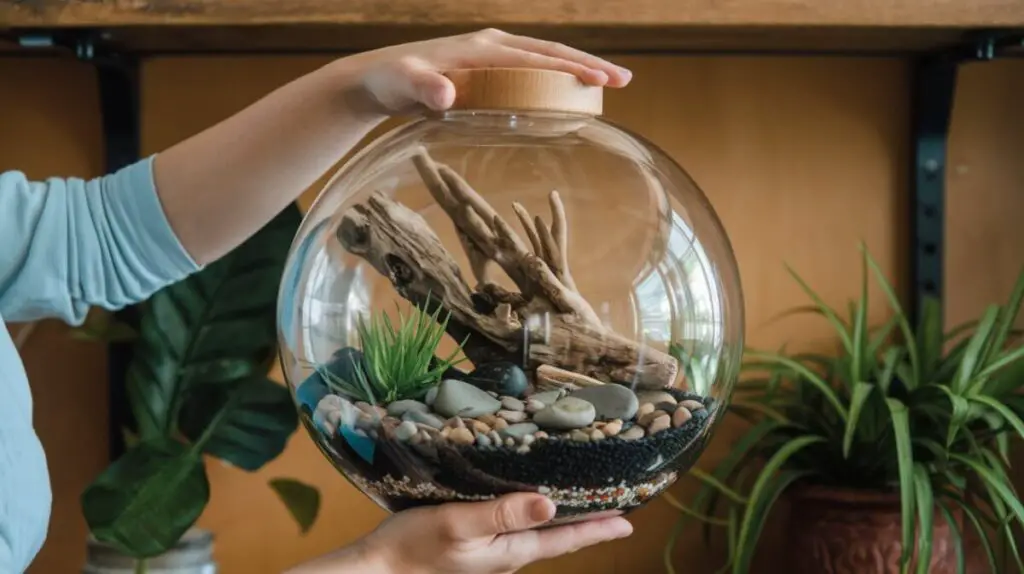
3. Invest in Quality Filtration
A reliable filtration system is essential for keeping your aquarium water clean and ensuring a healthy environment for aquatic life. The right filter helps remove debris, toxins, and excess nutrients that can accumulate over time, preventing water contamination and promoting a balanced ecosystem.
When choosing a filtration system, consider the size of your tank and the specific needs of your fish or plants. A filter that is too weak may not effectively clean the water, while one that is too powerful can create excessive currents that stress aquatic creatures. Look for a system that provides mechanical, biological, and chemical filtration to remove solid waste, break down harmful substances, and maintain water clarity.
Regular maintenance, such as cleaning or replacing filter media, is also necessary to ensure long-term efficiency. Investing in a high-quality filter not only keeps the water safe but also enhances the overall health and longevity of your aquarium inhabitants.
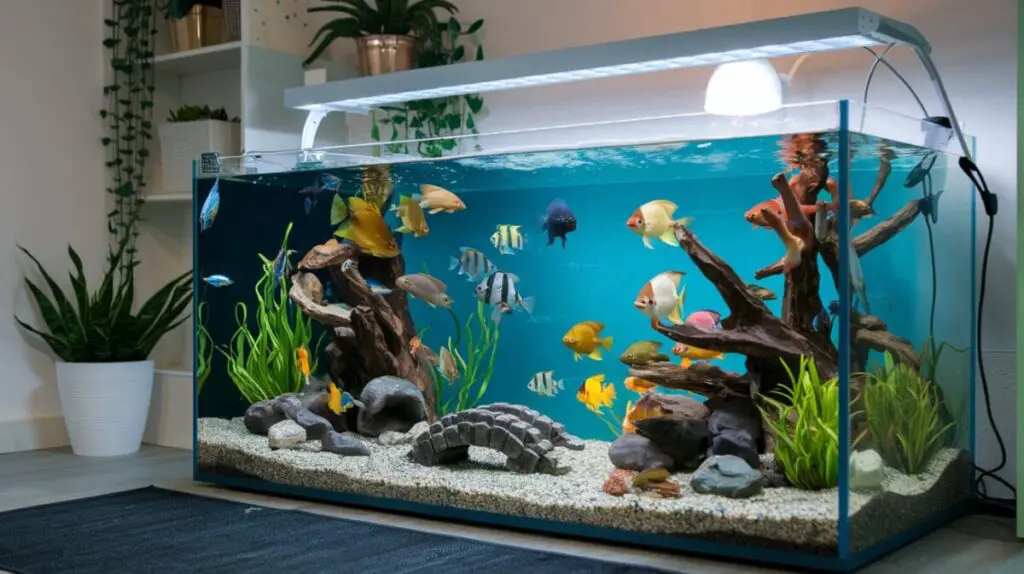
Following these Top 10 Tips for Setting Up a Stunning Home Aquarium will ensure your aquatic pets thrive.
4. Cycle Your Tank Before Adding Fish
Before introducing fish to an aquarium, it is crucial to establish a nitrogen cycle to create a stable and healthy environment. The nitrogen cycle is a biological process in which beneficial bacteria break down fish waste, uneaten food, and other organic matter into less harmful compounds. Initially, ammonia builds up in the water from decomposing waste, which can be toxic to fish.
However, beneficial bacteria known as nitrifying bacteria convert ammonia into nitrites, which are still harmful but less so than ammonia. A second type of bacteria then converts nitrites into nitrates, which are relatively harmless at low levels and can be removed through water changes. To jumpstart this process, many aquarists add bottled beneficial bacteria or introduce hardy fishless cycling methods using ammonia sources.
Completing the nitrogen cycle can take several weeks, but it is essential for preventing dangerous ammonia spikes and ensuring the long-term health of aquatic life.
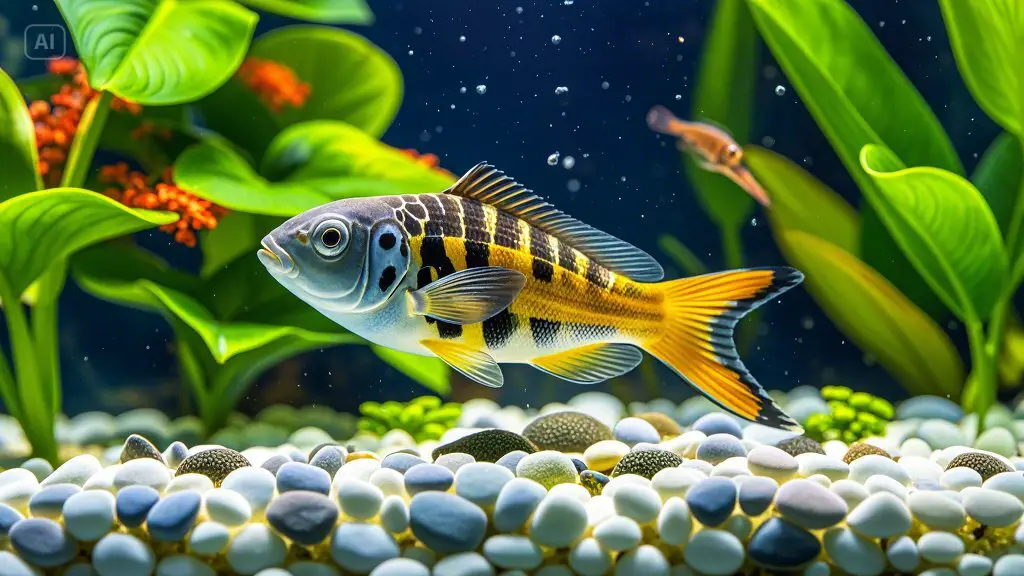
5. Choose Compatible Fish Species for Your Home Aquarium
Before adding fish to your aquarium, it’s crucial to research their temperament, size, and care requirements to create a balanced and thriving environment. Some fish are territorial or aggressive, while others are peaceful and social.
Mixing aggressive species with more docile ones can lead to stress, injury, or even death. Additionally, consider the adult size of each species to ensure they have enough space to swim and grow comfortably. Overcrowding can lead to poor water quality and increased aggression.
Environmental needs are another key factor. Fish require specific water temperatures, pH levels, and filtration conditions to stay healthy. Some species thrive in freshwater, while others need brackish or saltwater environments. Tank decorations, plants, and hiding spots should also align with the fish’s natural habitat. By carefully researching and selecting compatible species, you can create a harmonious and visually appealing aquarium where all fish can thrive.
Top 10 Tips for Setting Up a Stunning Home Aquarium: Key Insights
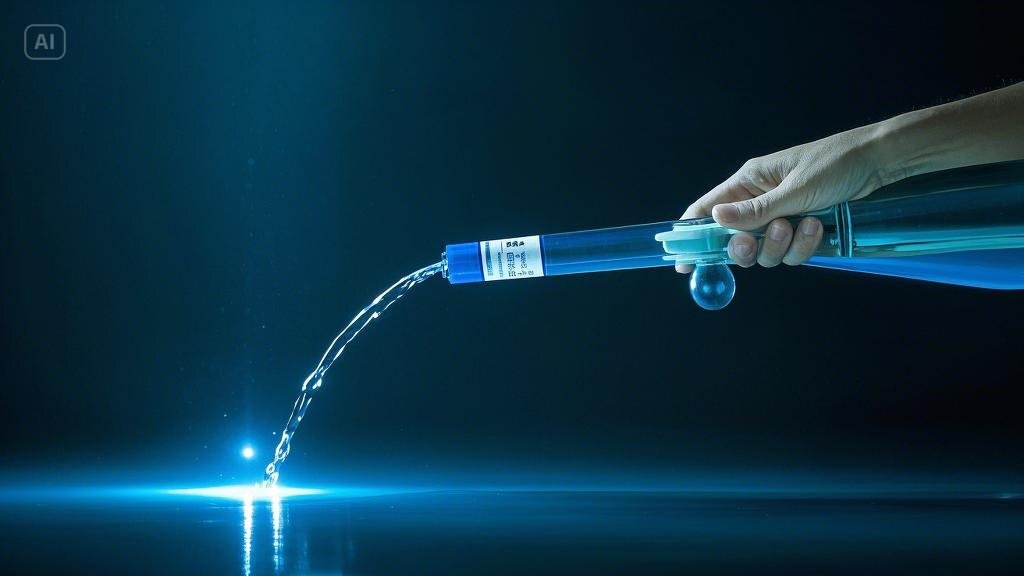
6. Maintain Proper Water Parameters
Before introducing new fish to your aquarium, it’s essential to research their temperament, size, and care requirements. Every fish species has its own unique personality, with some being more aggressive while others are peaceful. Aggressive species, like some types of cichlids, can stress or even harm more peaceful fish, such as tetras or guppies, so it’s crucial to choose tankmates that have compatible temperaments.
Additionally, pay attention to the fish’s adult size, as some species may appear small at first but grow large enough to outgrow your tank or compete for resources. Different fish species also have varying environmental needs, such as water temperature, pH levels, and salinity.
Ensuring that the species you mix have similar requirements will help maintain a healthy and thriving aquarium. Researching these factors before adding fish will ensure a harmonious environment for all inhabitants and prevent unnecessary stress or health issues.
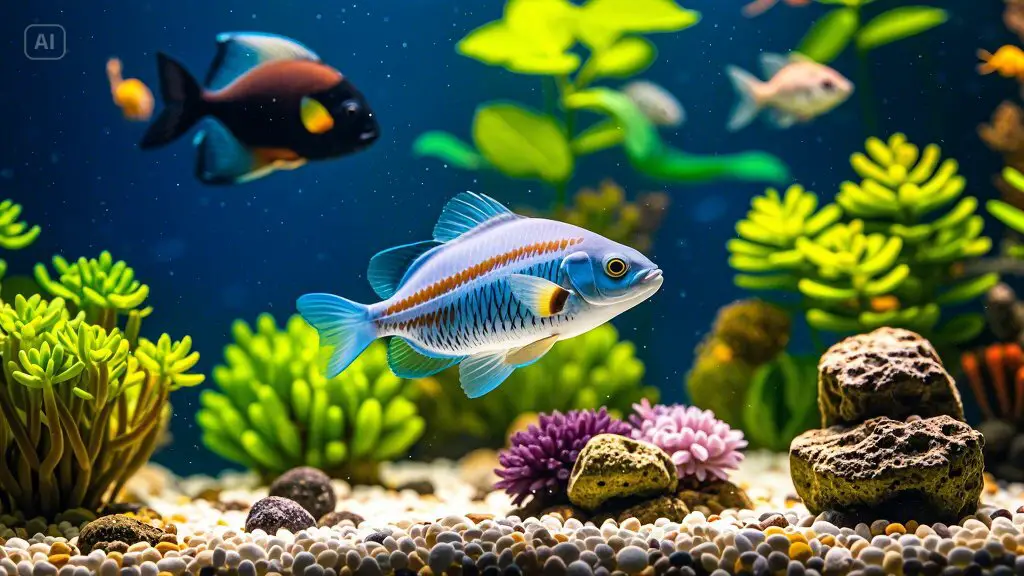
7. Provide Adequate Lighting
Proper lighting is crucial for enhancing the overall visual appeal of your aquarium while also promoting healthy plant growth. The right lighting creates a vibrant and dynamic underwater environment, bringing out the colors of both fish and plants. LED lights are particularly popular in aquarium setups due to their energy efficiency and long lifespan.
Unlike traditional incandescent lights, LEDs consume less power and generate minimal heat, making them ideal for maintaining a stable water temperature. Additionally, LEDs come in various color spectrums, allowing you to mimic natural daylight or customize the lighting to suit the specific needs of your aquarium’s inhabitants.
For example, a blue light spectrum can create a serene, ocean-like atmosphere, while a white spectrum provides clarity, highlighting the true colors of your plants and fish. Using the right lighting also supports the photosynthesis process in plants, fostering a healthier and more sustainable aquatic ecosystem.
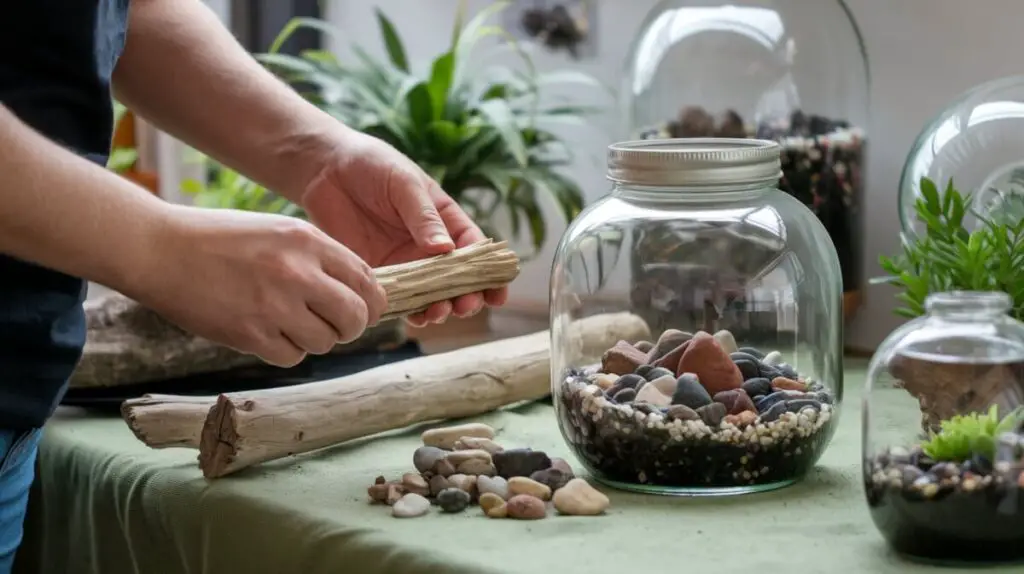
8. Incorporate Live Plants and Decorations
Adding live plants to your aquarium is one of the most beneficial steps you can take to create a healthy and visually appealing environment for both your fish and aquatic plants. Live plants help maintain water quality by absorbing excess nutrients, such as nitrates and phosphates, which can otherwise lead to algae overgrowth and poor water conditions.
By incorporating plants like java ferns, anubias, or water wisteria, you not only improve water quality but also add vibrant green hues to your aquarium, enhancing its overall aesthetic. In addition to plants, adding decorations like rocks, driftwood, and caves provides essential hiding spots for fish, creating a safe space where they can retreat when feeling stressed or threatened.
These elements contribute to a more natural and dynamic habitat, which can make your fish feel more at ease, encouraging healthier behavior and reducing aggression. Overall, a well-decorated aquarium mimics the fish’s natural environment, promoting their well-being.
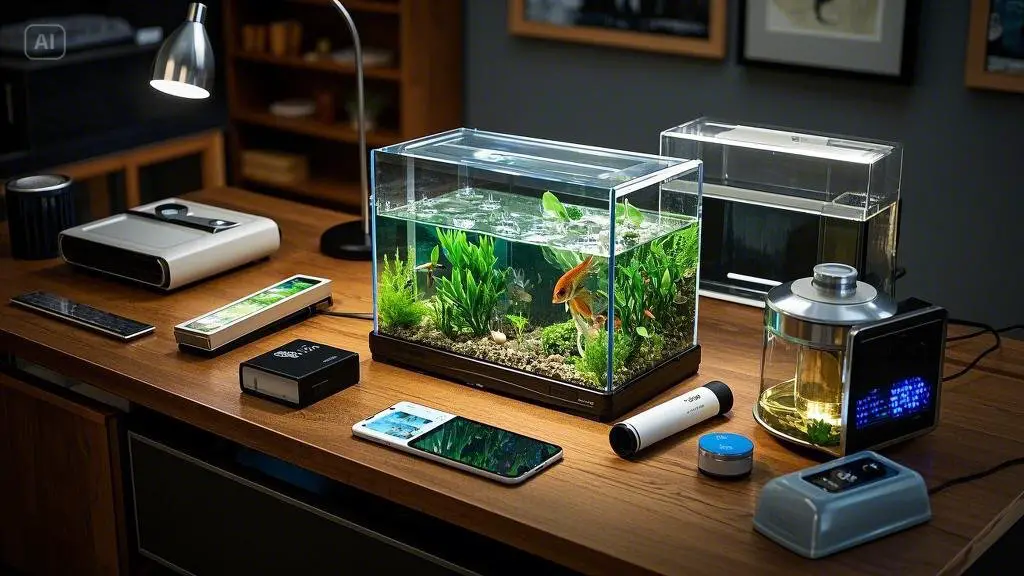
9. Establish a Regular Maintenance Routine
Maintaining a healthy aquarium environment requires regular maintenance to ensure the well-being of your fish and other aquatic life. Performing partial water changes of about 25% per week is one of the most effective ways to remove toxins that accumulate in the water, such as nitrates and phosphates. These pollutants can lead to poor water quality, which may cause stress or
illness in your fish. Regular water changes also help to maintain water clarity by diluting contaminants and replenishing essential minerals. In addition to water changes, it’s important to clean the substrate, filter media, and decorations on a periodic basis. Gravel or sand should be vacuumed to remove debris, while filter media should be rinsed to prevent clogging and ensure proper filtration.
Decorations should be scrubbed to remove algae buildup, which can cloud the water and harm the overall ecosystem. By combining these practices, you’ll help create a balanced and thriving aquatic environment.

10. Feed Your Fish Properly
Overfeeding your fish can have serious consequences, not only for their health but also for the quality of the water in your aquarium. Excess food that isn’t eaten by the fish breaks down and decomposes, releasing harmful toxins like ammonia and nitrates into the water. These toxins can cause dangerous spikes in water parameters, leading to poor water quality, which in turn can stress your fish, lower their immunity, and make them more vulnerable to disease.
To avoid these issues, it’s important to provide a balanced diet that’s specific to the species of fish you’re keeping. Research the nutritional needs of your fish and feed them in small, controlled portions—typically once or twice a day—so they can consume everything before it has a chance to decay. Regularly monitor your aquarium’s water quality and adjust your feeding practices as necessary to ensure both the well-being of your fish and the stability of their environment.
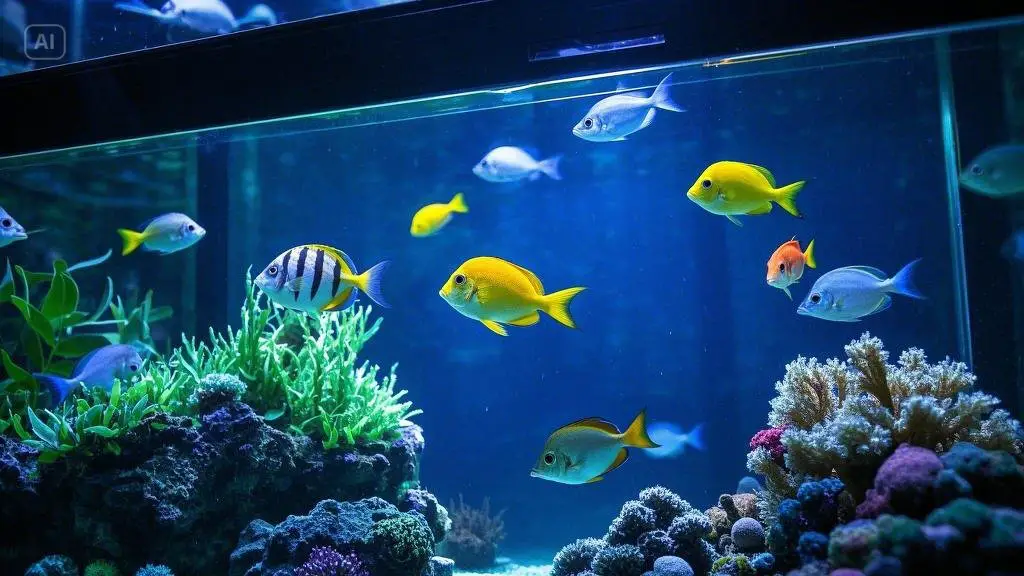
Conclusion
In summary, these Top 10 Tips for Setting Up a Stunning Home Aquarium will guide your journey into the rewarding hobby of fishkeeping.
By following these essential Top 10 Tips for Setting Up a Stunning Home Aquarium, you can create a stunning and thriving home aquarium that adds beauty and serenity to your living space. Begin with thoughtful planning, selecting the right size tank and equipment to suit the type of aquatic life you wish to house. Proper filtration and lighting are crucial for maintaining a healthy environment for your fish and plants.
When choosing fish, be mindful of their compatibility and needs, ensuring they thrive in the same water conditions. Regular maintenance is key to the success of your aquarium, including monitoring water quality, performing routine water changes, and keeping the tank clean.
Additionally, incorporating live plants and natural decorations not only enhances the aesthetic appeal but also contributes to a balanced ecosystem. Over time, with attention to detail and consistent care, your aquarium will flourish, becoming a captivating focal point in your home that brings a sense of peace and relaxation for years to come.
Hooked on Tech: Exploring the latest Fishing Gadgets that Anglers swear by.
In the realm of angling, where tradition and technology often converge, a new wave of fishing gadgets has emerged, transforming the way anglers approach their craft.
From advanced fish finders to smart bait systems, these innovations have not only revolutionized the fishing experience but have also garnered a loyal following among anglers worldwide.
Beyond Braid Braided Fishing Line -Super Strong – Abrasion Resistant – No Stretch -Blue Camo, Moss Camo, White, Green, Pink, Blue, 4 Strand 8 Strand
$9.99 (as of November 18, 2025 04:58 GMT +00:00 – More infoProduct prices and availability are accurate as of the date/time indicated and are subject to change. Any price and availability information displayed on [relevant Amazon Site(s), as applicable] at the time of purchase will apply to the purchase of this product.)wasserflux Kids Chest Waders with Boots, Waterproof PVC Youth Fishing Waders with Reinforced Knees & Reflective Strips
$40.78 (as of November 18, 2025 22:28 GMT +00:00 – More infoProduct prices and availability are accurate as of the date/time indicated and are subject to change. Any price and availability information displayed on [relevant Amazon Site(s), as applicable] at the time of purchase will apply to the purchase of this product.)HEETA Fish Scale with Backlit LCD Display, Up to 110lb/50kg Digital Portable Hanging Fish Weight Scale with Hook & Measuring Tape for Home, Farm, Outdoor, Hunting, Fishing, 2 AAA Batteries Included
$8.99 (as of November 18, 2025 02:18 GMT +00:00 – More infoProduct prices and availability are accurate as of the date/time indicated and are subject to change. Any price and availability information displayed on [relevant Amazon Site(s), as applicable] at the time of purchase will apply to the purchase of this product.)RoundFunny 13 Pcs Fishing Tool Kit, Fishing Pliers with Lanyard, Fillet Knife, Fish Lip Gripper, Hook Remover, Braid Scissors, Sharpening Rod, Tool Retractor, Gloves, Microfiber Towel, Storage Bag
Now retrieving the price.
(as of November 18, 2025 16:24 GMT +00:00 – More infoProduct prices and availability are accurate as of the date/time indicated and are subject to change. Any price and availability information displayed on [relevant Amazon Site(s), as applicable] at the time of purchase will apply to the purchase of this product.)HANDLANDY Cold Winter Weather Fishing Gloves for Men and Women,Fingerless Gloves Convertible Flip Top Mittens
$29.99 (as of November 18, 2025 22:28 GMT +00:00 – More infoProduct prices and availability are accurate as of the date/time indicated and are subject to change. Any price and availability information displayed on [relevant Amazon Site(s), as applicable] at the time of purchase will apply to the purchase of this product.)Beyond Braid EZ Fishing Line Spooler – Portable Table Mounted Reel Spooler for Spinning & Baitcasting Reels – Adjustable to Fit Multiple Size Spools of Fishing Line
$17.99 (as of November 18, 2025 22:28 GMT +00:00 – More infoProduct prices and availability are accurate as of the date/time indicated and are subject to change. Any price and availability information displayed on [relevant Amazon Site(s), as applicable] at the time of purchase will apply to the purchase of this product.)XBLACK Fishing Tool Kit Fishing Pliers Fish Gripper Fishing Scale Fish Grip Tools Set Saltwater Resistant Fishing Gear
$14.98 (as of November 18, 2025 02:23 GMT +00:00 – More infoProduct prices and availability are accurate as of the date/time indicated and are subject to change. Any price and availability information displayed on [relevant Amazon Site(s), as applicable] at the time of purchase will apply to the purchase of this product.)mpeter 9 Strands 8 Strands 4 Strands Armor Braided Fishing Line, 100/300/500/1000 Meters Abrasion Resistant Braided Lines, High Sensitivity and Zero Stretch, with Smaller Diameter
Now retrieving the price.
(as of November 18, 2025 04:59 GMT +00:00 – More infoProduct prices and availability are accurate as of the date/time indicated and are subject to change. Any price and availability information displayed on [relevant Amazon Site(s), as applicable] at the time of purchase will apply to the purchase of this product.)
